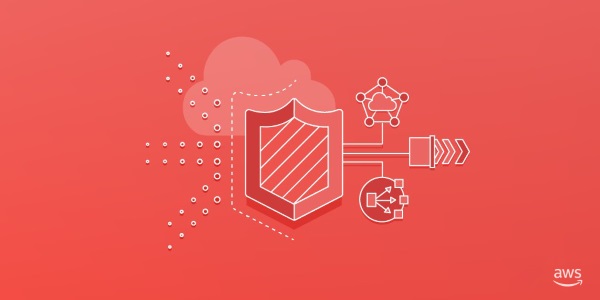AWS Security Blog
Tag: Amazon Route 53
How AWS protects customers from DDoS events
At Amazon Web Services (AWS), security is our top priority. Security is deeply embedded into our culture, processes, and systems; it permeates everything we do. What does this mean for you? We believe customers can benefit from learning more about what AWS is doing to prevent and mitigate customer-impacting security events. Since late August 2023, […]
Three ways to boost your email security and brand reputation with AWS
April 11, 2023: This post had been updated to provide clarifications: The recommendation to use SES or WorkMail as part of this solution is for receiving TLS reports sent via email from mail receiving organizations. It is unrelated to the BIMI and MTA-STS aspects or any core functionality of the solution.. If you own a […]
How to automate updates for your domain list in Route 53 Resolver DNS Firewall
Note: This post includes links to third-party websites. AWS is not responsible for the content on those websites. Following the release of Amazon Route 53 Resolver DNS Firewall, Amazon Web Services (AWS) published several blog posts to help you protect your Amazon Virtual Private Cloud (Amazon VPC) DNS resolution, including How to Get Started with […]
Automatically block suspicious DNS activity with Amazon GuardDuty and Route 53 Resolver DNS Firewall
In this blog post, we’ll show you how to use Amazon Route 53 Resolver DNS Firewall to automatically respond to suspicious DNS queries that are detected by Amazon GuardDuty within your Amazon Web Services (AWS) environment. The Security Pillar of the AWS Well-Architected Framework includes incident response, stating that your organization should implement mechanisms to […]
Simplify DNS management in a multi-account environment with Route 53 Resolver
April 19, 2023: In the section “Create private hosted zones” we updated step 1 to fix syntax error. September 27, 2021: In the section “Third use case,” we updated step 3 to improve clarity. April 15, 2021: In the section “Third use case,” we updated the diagram and steps for clarity. April 2, 2021: In […]
Enhanced Domain Protections for Amazon CloudFront Requests
Over the coming weeks, we’ll be adding enhanced domain protections to Amazon CloudFront. The short version is this: the new measures are designed to ensure that requests handled by CloudFront are handled on behalf of legitimate domain owners. Using CloudFront to receive traffic for a domain you aren’t authorized to use is already a violation […]
How to centralize DNS management in a multi-account environment
Note from June 5, 2019: The approach and architecture in this post is recommended if you prefer more control over DNS servers or prefer to use AWS Managed Active Directory for DNS resolution, however there are some limitations to this approach and we added a “Limitations and additional considerations” section to this post to describe […]
Easier Certificate Validation Using DNS with AWS Certificate Manager
Secure Sockets Layer/Transport Layer Security (SSL/TLS) certificates are used to secure network communications and establish the identity of websites over the internet. Before issuing a certificate for your website, Amazon must validate that you control the domain name for your site. You can now use AWS Certificate Manager (ACM) Domain Name System (DNS) validation to […]
Now You Can Use AWS Shield Advanced to Help Protect Your Amazon EC2 Instances and Network Load Balancers
Starting today, AWS Shield Advanced can help protect your Amazon EC2 instances and Network Load Balancers against infrastructure-layer Distributed Denial of Service (DDoS) attacks. Enable AWS Shield Advanced on an AWS Elastic IP address and attach the address to an internet-facing EC2 instance or Network Load Balancer. AWS Shield Advanced automatically detects the type of AWS resource behind the […]
Now You Can Monitor DDoS Attack Trends with AWS Shield Advanced
AWS Shield Advanced has always notified you about DDoS attacks on your applications via the AWS Management Console and API as well as Amazon CloudWatch metrics. Today, we added the global threat environment dashboard to AWS Shield Advanced to allow you to view trends and metrics about DDoS attacks across Amazon CloudFront, Elastic Load Balancing, […]








